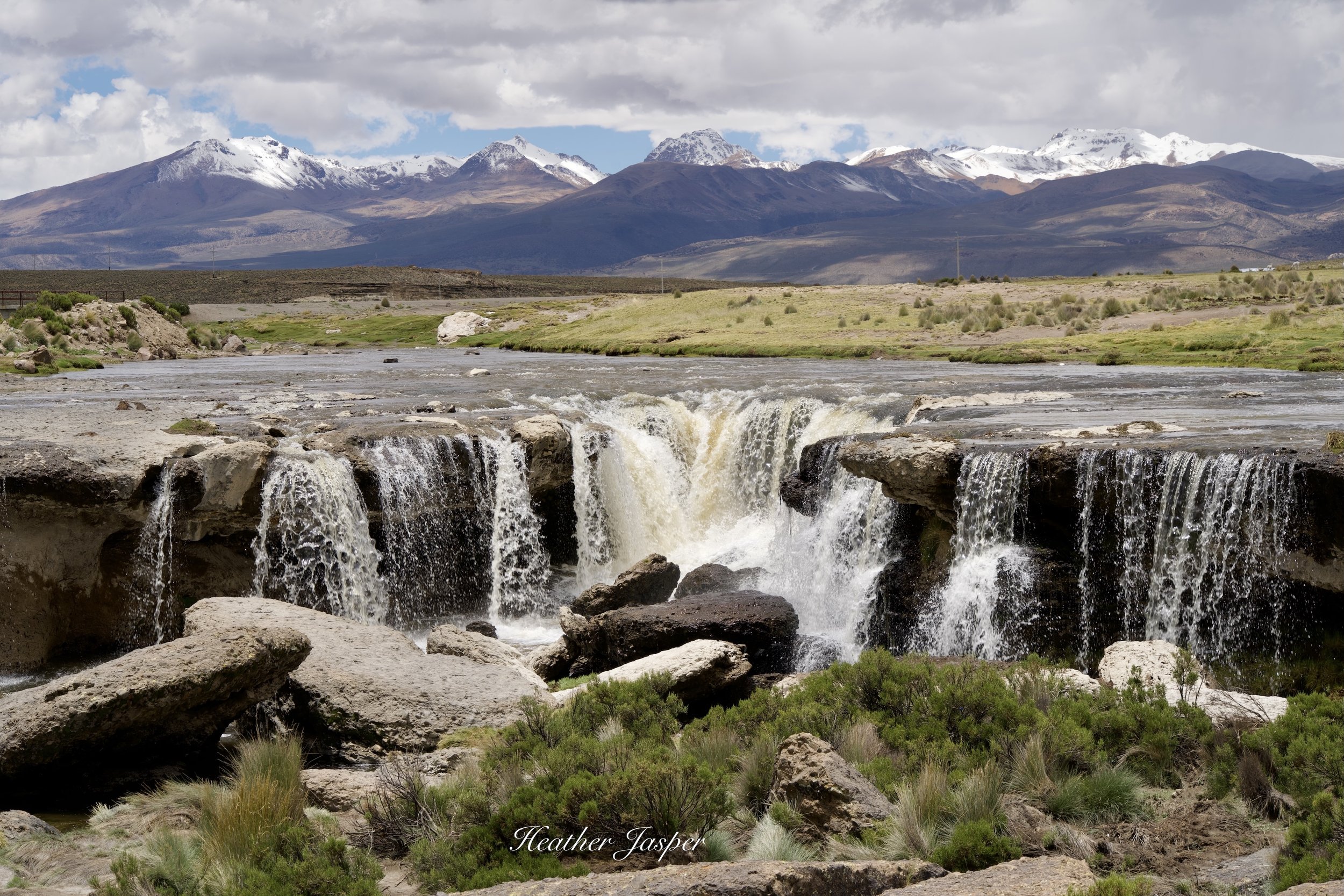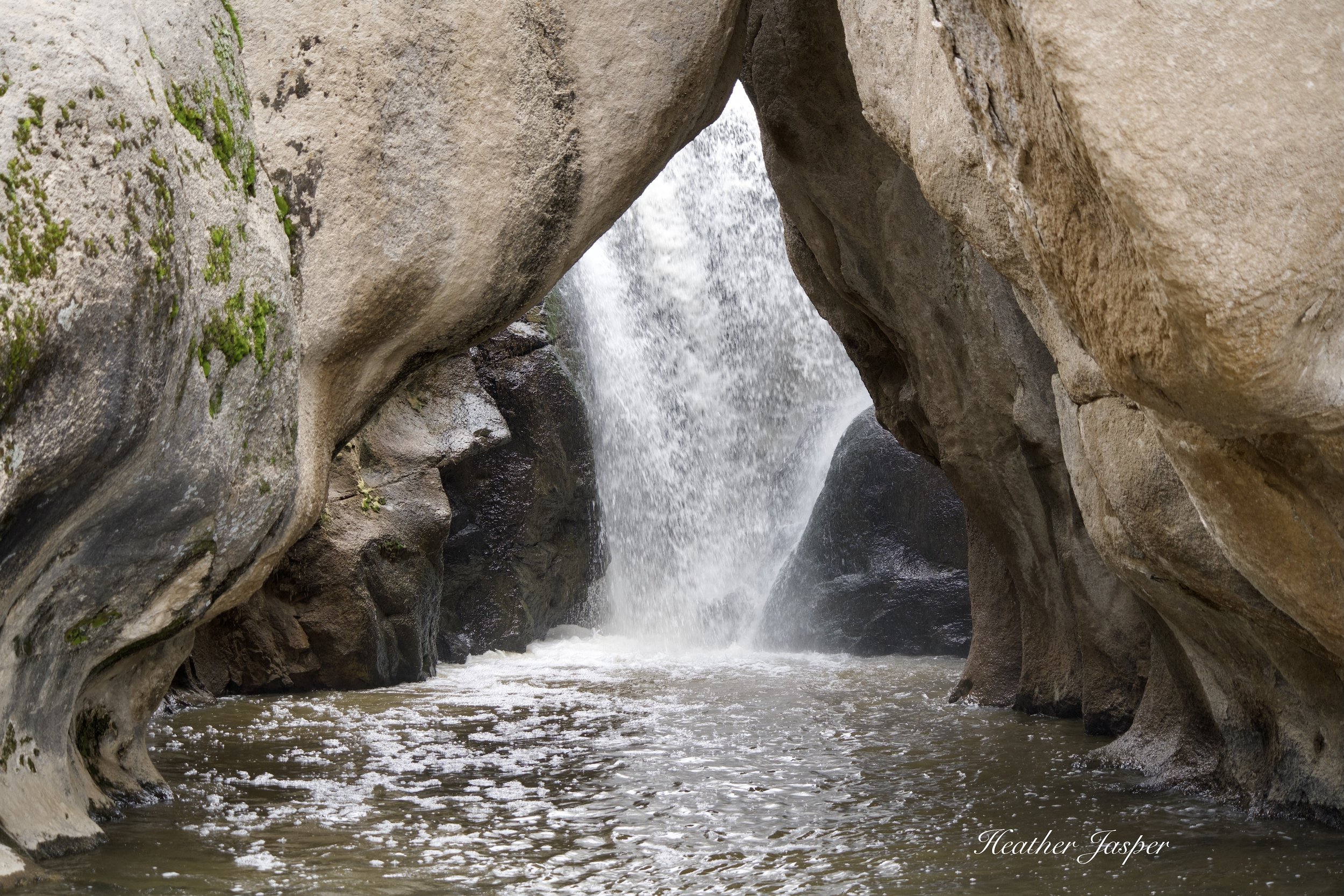Tacna and Ilo
Peru’s southern coast
I really liked the center of Tacna for the plaza, the restaurants, and the shopping. The cathedral is beautiful and has a statue of my new favorite saint, San Martín de Porres. I first learned about him in his hometown of Chincha. San Martín de Porres was beatified in 1837, canonized in 1962, and is the first saint in the Americas of African heritage. The plaza also has the home, now museum, of Jorge Basadre, who saved Peru’s National Library after a fire in 1943. He was on the old 100 soles bill, though the new bill has Pedro Paulet, who designed the world’s first airplane engine.
Tacna’s Plaza de Armas has a beautiful arch and monuments to Peruvian military heroes Admiral Grau and Colonel Bolognesi who fought bravely in the War of the Pacific. Tacna arguably suffered more during the war than any other Peruvian city, which earned it the title of the Heroic City.
Tacna is full of Chileans
The brutal war makes it even more incredible that Tacna is full of Chileans on shopping sprees and the city fills up on weekends. If you’ll be in Tacna on a weekend, book your hotel well in advance. The city is economically dependent on Chileans, though it does grow a lot of grapes and olives, and exports wine and excellent olive oil. The olive oil I buy in Cusco is from Tacna and the brand is La Heroica.
If you’re doing a South America trip north to south, stock up in Tacna. Everything is more expensive once you cross the border into Chile.
During my four days in Tacna, I heard Chilean accents in my hotel, in every restaurant I visited, and in every store I went in. I went on two tours from Tacna, neither of which I enjoyed much and both of which were all Chileans, and me. Maybe I’m spoiled by all the amazing things to do in Cusco, but even compared to Ayacucho, the options for tourists in Tacna are meager.
City Tour & Miculla
The first tour I did was a city tour in an open top bus, which was funny because of the few places that were actually interesting. We drove around the Plaza de Armas, which everybody in the group had just walked around, then to our first stop at a topiary where people took photos of themselves with green elephants and dinosaurs. Then we left town to go to the Miculla winery. Tacna produces mostly sweet wine made with Burgundy grapes. If you like sweet wine, you’ll love Tacna, but I prefer dry wines like the ones produced in Ica.
The next stop was Pachía, a small town known for its sweet cornbread.
From Pachía we drove north to the Miculla petroglyphs, which were my favorite part of the tour. Unfortunately, the guide didn’t have much information about the petroglyphs. He didn’t tell us when they were made, or which culture lived in Tacna during that part of history and would have made them. We crossed a single-file rope bridge to get from the road to the petroglyphs and since my group was over twenty people, it took a long time to get everybody across the bridge and we only had time to see one rock out of the dozens that have petroglyphs.
After the petroglyphs we had just over half an hour at some hot springs where we had lunch. I ordered the ceviche, since Tacna is so close to the coast, but that was a mistake because it was terrible. Even the potatoes served with the ceviche tasted bad and I’m used to excellent potatoes in Cusco. The guide told us that we could stay at the hot springs and take public transportation back to Tacna, but everybody got back on the bus for the return trip. The pool at the hot springs was pretty full and not very appealing.
Conchanchiri and Skull Waterfalls
The other tour I did from Tacna promised me waterfalls and vicuña. Unfortunately, the day started out badly. The night before the guide created a Whatsapp group with everybody going on the tour and told us he would pick us up between 4:20 and 4:45am. I asked him if my hotel would be one of the first or last, but he didn’t reply, though I later found out that my hotel was on the road that exits Tacna and would obviously be last. I waited in the hotel lobby for over an hour, since his alarm didn’t go off and he woke up late.
We drove to the town of Tarata, where we had instant coffee and a bread roll with cheese for breakfast. The guide encouraged everybody to buy pills for altitude sickness, so I took some of the ibuprofen I always carry with me. I have no idea what the ingredients were in the altitude sickness pills, but I generally think those pills only have a placebo effect.
Tarata is at 3,083 meters above sea level (10,115ft) and comfortable for me because Cusco is a bit higher. However, all the Chileans in the group were from sea level and already feeling sick at breakfast. It was also damp and very cold in Tarata. After a hurried breakfast, we drove up to a pass at 4,800m (15,750ft) where even I felt a bit lightheaded.
Our first waterfall was called Conchanchiri and it was at 4,300m (14,110ft) and half the group didn’t get out of the van because the altitude gave them nausea and headaches. Remember, we drove from sea level that morning and everybody else in the group lived at sea level. The waterfall was pretty, but after about 20 minutes most of us had the photos we wanted and freezing sleet started to pelt us. After we were all back in the van and leaving the area, it started to hail.
I was sold this tour with promises of vicuña but this was the only one we saw on a 14 hour tour.
As we drove away, I asked the guide if he would point out vicuña along the way. He told me that he saw several already that morning and I asked why he hadn’t pointed them out to us. He said he would in the future but about twenty minutes later I saw one lonely vicuña while the guide was looking at his phone and I asked the driver to stop so I could take a photo. It took him a while to stop and by then the vicuña was running away. I got one decent photo of it and then a bunch of blurry photos of its butt.
We had about an hour at out next stop, Skull Waterfall, where we were promised a boat ride and hot springs. The boat ride was a small raft that fit two people. The guide got in the water, which was warm because of the hot springs, and pushed the raft into a cave that had the waterfall at the end. It was cool, but you need more imagination than I have to see a skull in the rock formations and since there was a group waiting for the raft, we got only a couple minutes to take photos then it was somebody else’s turn.
This is Skull Waterfall and we got about halfway to the falls in the boat.
The hot springs were a bigger disappointment, since the pool was drained for cleaning. Eight guys with brooms and scrub brushes were scrubbing the silt and slime out of the pool, so nobody got to soak in the hot springs. We didn’t see any vicuña on the drive back to Tarata and it hailed again. Lunch in Tarata was okay, not terrible. Everything was taking so long that two people left the group and paid for a taxi to take them back to Tacna. The drive back took more than five hours because there was very thick fog, and the driver had to go very slowly. We were still at high enough altitude that most of the group felt sick the whole way.
Being a digital nomad
This was a working holiday, so I spent two of my four days in Tacna on my computer at the hotel. My four days in Ilo were all spent writing from my hotel with a view of the beach, walking on the beach thinking about what I was writing, and eating excellent ceviche. I appreciated the sun since it rains every day in Cusco in February, and the ocean breeze was refreshing. The only other thing I did those four days was visit the Chiribaya Museum, which has great exhibits about the pre-Inca cultures that lived on the coast for thousands of years.





















